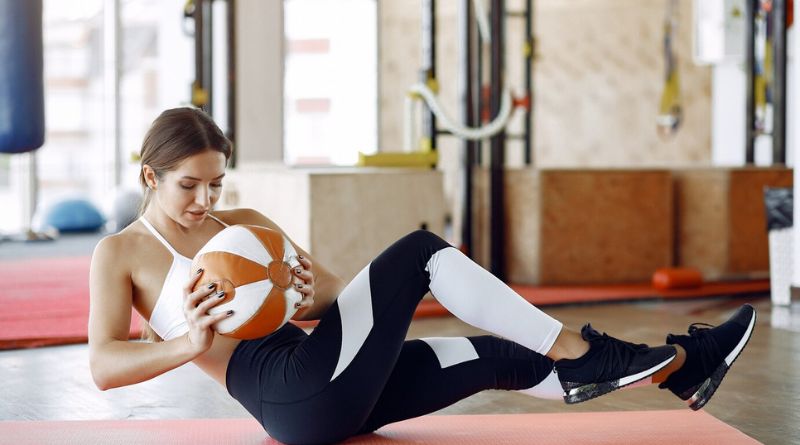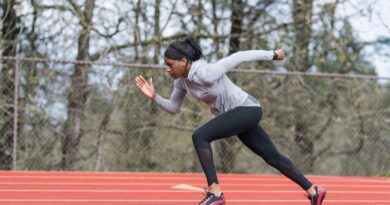Best Abdominal Training Exercises – Looking to sculpt those abs and build a rock-solid core? Our comprehensive guide unveils the top 10 abdominal training exercises that promise to revitalize your workout routine and bring you one step closer to achieving your fitness goals. Whether you’re a beginner or a seasoned fitness enthusiast, these exercises will help you target those stubborn abdominal muscles and pave the way for a stronger, more defined midsection.
10 Best Abdominal Training Exercises
Planks
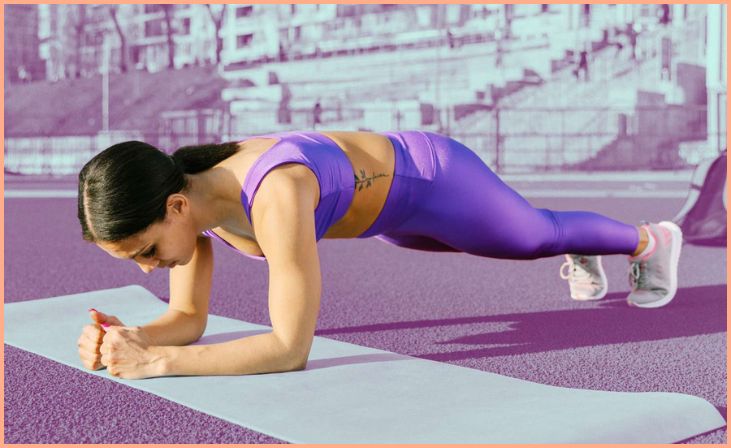
Planks are renowned for their ability to engage multiple muscle groups simultaneously, primarily targeting the rectus abdominis, transverse abdominis, and the back muscles. By maintaining a plank position, you create an isometric contraction that helps strengthen your core, improve posture, and enhance overall stability.
It also helps ease back pain and make you more flexible. To perform a plank, assume a push-up position with your forearms on the ground, elbows directly beneath your shoulders, and maintain a straight line from your head to your heels, engaging your core throughout the exercise.
Crunches
Crunches are a classic abdominal exercise that specifically targets the rectus abdominis muscle, commonly referred to as the “six-pack.” By performing controlled contractions, crunches help in toning and defining the midsection.
It is crucial to maintain proper form during crunches, avoiding excessive neck strain and ensuring that the movement originates from the abdominal muscles rather than the neck or shoulders.
Russian Twists
Russian twists are dynamic exercises that focus on the obliques, which are vital for torso rotation and stability. This exercise not only strengthens the side abdominal muscles but also helps in improving rotational power and balance. To perform a Russian twist, sit on the ground, lift your feet slightly off the floor, and rotate your torso from side to side while holding a weight or medicine ball, engaging your core throughout the movement.
Bicycle Crunches
Bicycle crunches are highly effective in targeting both the upper and lower abdominal muscles simultaneously, providing a comprehensive core workout. This exercise involves a twisting motion that engages the obliques and the rectus abdominis.
By mimicking a cycling motion while alternating elbow-to-knee touches, you can enhance muscle endurance and coordination, leading to a more defined and sculpted midsection.
Leg Raises
Leg raises are instrumental in strengthening the lower abdominal muscles and the hip flexors. By lifting your legs while lying on your back, you engage the lower abs, contributing to improved stability and balance.
It is essential to maintain controlled movements throughout the exercise and avoid swinging your legs to ensure maximum engagement of the targeted muscle groups.
Mountain Climbers

Mountain climbers are a dynamic exercise that not only targets the abdominal muscles but also engages the upper body and lower body, making it a full-body workout. This exercise helps in improving cardiovascular endurance, enhancing core strength, and promoting fat loss.
By assuming a plank position and bringing your knees alternately towards your chest, you create a challenging yet effective movement that significantly contributes to overall core stability and strength.
Vertical Leg Crunches
Vertical leg crunches are variations of traditional crunches that place greater emphasis on the upper abdominal muscles. By lifting your legs vertically while performing crunches, you engage the upper abs more intensively, leading to improved muscle definition and toning.
This exercise is particularly beneficial for individuals aiming to target the upper portion of their abdominal region and develop a more balanced and sculpted midsection.
Also Read: Healthy Mediterranean Diet Meal Plan Ideas
Flutter Kicks
Flutter kicks are a dynamic exercise that primarily targets the lower abdominal muscles, contributing to improved muscle endurance and strength. By lying on your back and alternately kicking your legs in an up-and-down motion, you engage the lower abs and hip flexors, fostering greater stability and balance. It is crucial to maintain controlled movements and avoid arching your back excessively to ensure maximum activation of the targeted muscle groups.
Reverse Crunches
Reverse crunches are effective in targeting the lower abdominal muscles and enhancing overall core strength. By lifting your hips off the ground while lying on your back, you engage the lower abs and promote better muscle definition and toning. This exercise helps in improving pelvic stability and reinforcing the muscles that support the lower back, contributing to a more robust and well-balanced core.
Hanging Leg Raises
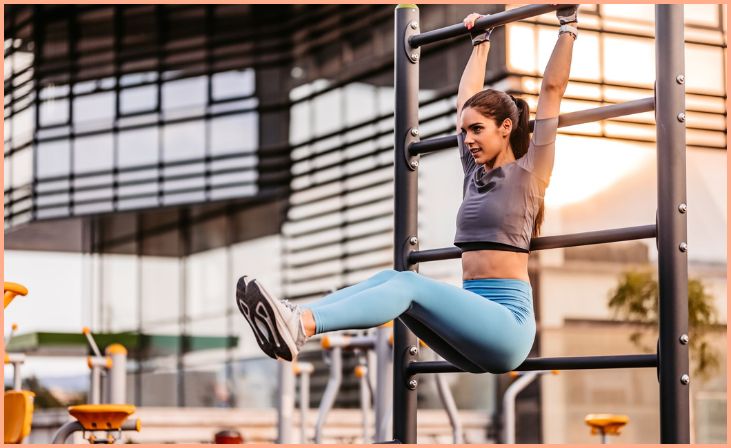
Hanging leg raises are a challenging yet highly effective exercise that primarily targets the lower abdominal muscles and the hip flexors. By hanging from a pull-up bar and lifting your legs in a controlled motion, you engage the lower abs and promote increased muscle strength and endurance.
This exercise also helps in improving grip strength and overall upper body stability, making it a valuable addition to any comprehensive abdominal training routine. It is essential to maintain proper form and avoid swinging motions to ensure optimal activation of the targeted muscle groups.
7 Benefits Of Doing Abdominal Training Exercises
Abdominal training exercises offer a multitude of benefits beyond just sculpting a defined midsection. Here are seven key advantages of incorporating these exercises into your fitness routine:
Enhanced Core Strength
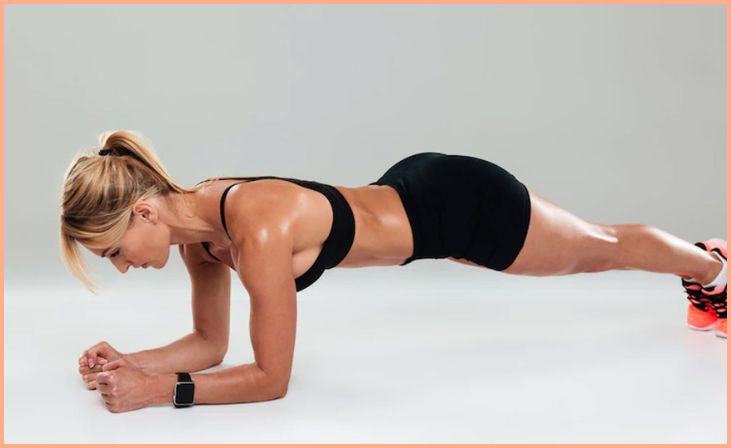
Abdominal training exercises, such as planks and crunches, focus on strengthening the core muscles, including the rectus abdominis, transverse abdominis, and obliques. A strong core contributes to improved stability and better posture, reducing the risk of injuries during various physical activities and promoting overall functional strength.
Improved Posture
By targeting the core muscles, abdominal training exercises help in reinforcing the muscles that support the spine and pelvis. Strengthening these muscles leads to better posture as the core plays a crucial role in maintaining the body’s alignment. With improved posture, individuals are less likely to experience back pain and other posture-related issues.
Also Read: Effective Workouts for a Healthy Lifestyle
Reduced Risk of Back Pain
A robust core, developed through consistent abdominal training, can alleviate back pain by providing better support to the spine and promoting proper spinal alignment. Strengthening the core muscles helps distribute the body’s weight more evenly, reducing the stress on the back muscles and the spine, which, in turn, minimizes the risk of experiencing chronic back discomfort.
Enhanced Athletic Performance

A strong core is essential for optimal athletic performance across various sports and physical activities. Abdominal training exercises improve core stability and enable better coordination between the upper and lower body, resulting in enhanced athletic performance, increased agility, and improved balance. Athletes often incorporate these exercises into their training regimen to boost their overall physical capabilities.
Increased Functional Strength
The core serves as the body’s central link, connecting the upper and lower body during movement. By strengthening the core muscles through targeted abdominal exercises, individuals can enhance their functional strength, making everyday movements more manageable and efficient. This improved functional strength translates into better performance during daily tasks, sports activities, and exercise routines.
Boosted Metabolism
Engaging in abdominal training exercises can contribute to an increase in muscle mass, which, in turn, leads to a higher metabolic rate. As the body’s metabolic rate rises, individuals may experience improved calorie burn and more efficient fat loss, ultimately aiding in weight management and promoting a leaner physique. Regularly incorporating these exercises into a well-rounded fitness routine can support overall metabolic health.
Enhanced Body Confidence

As individuals progress in their abdominal training journey and witness the strengthening and toning of their core muscles, they often experience increased body confidence. Achieving a well-defined midsection through consistent exercise fosters a positive self-image and encourages individuals to maintain an active and healthy lifestyle, leading to improved overall well-being and self-assurance.
Also Read: Exercises for Total-Body Muscle Building
Conclusion
Elevate your fitness journey with these 10 best abdominal training exercises that serve as the cornerstone of a robust core workout regimen. From planks and crunches to leg raises and Russian twists, these exercises not only foster abdominal strength and endurance but also contribute to an overall improvement in your physical well-being. Commit to this comprehensive routine, and watch as your midsection transforms into a powerhouse of stability, balance, and strength, propelling you toward a healthier, fitter lifestyle.
FAQs
Integrating these exercises not only helps in toning and strengthening your core muscles but also contributes to improved posture, enhanced stability, and reduced risk of back pain. They can also aid in enhancing overall athletic performance and boosting functional strength.
For optimal results, aim to perform these exercises at least 3-4 times a week. It’s essential to allow your muscles adequate rest and recovery time between sessions to avoid overexertion and ensure effective muscle growth and development.

